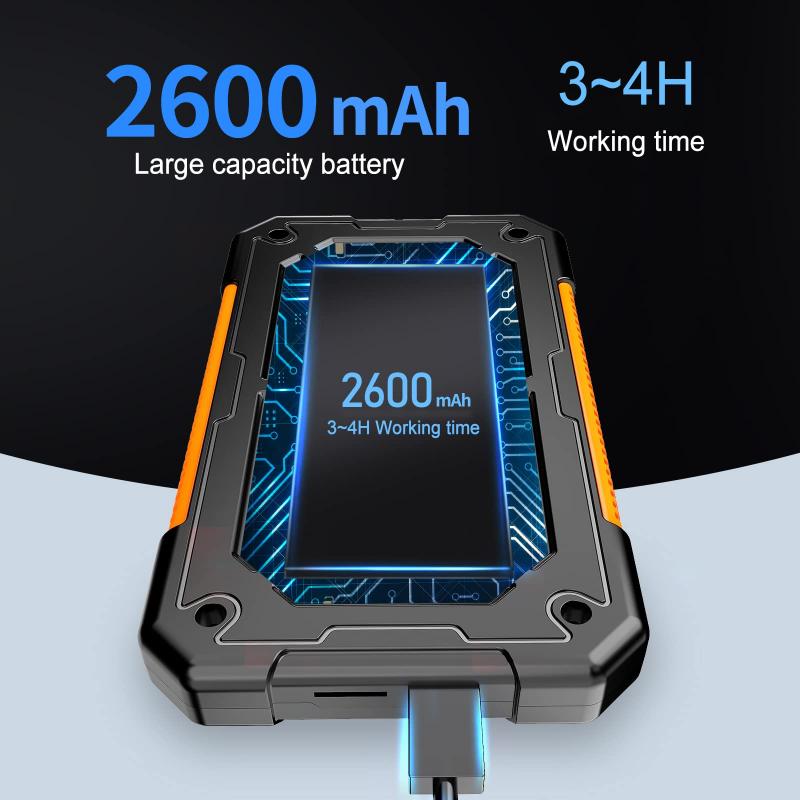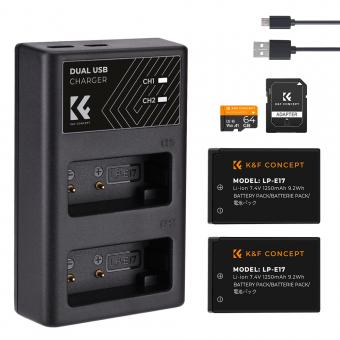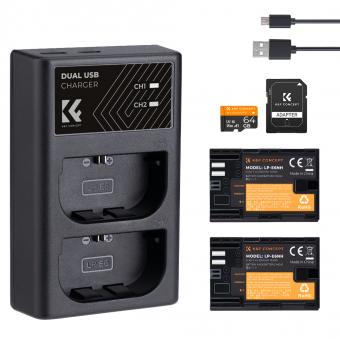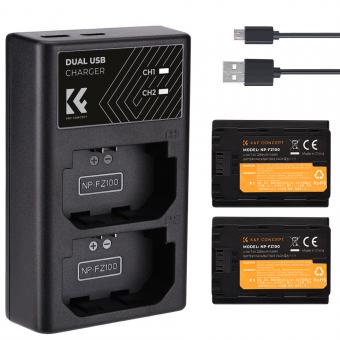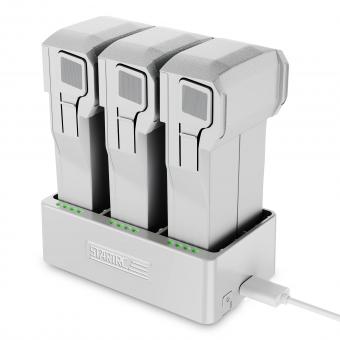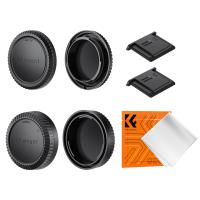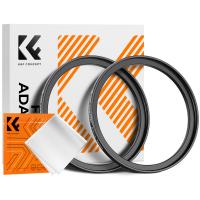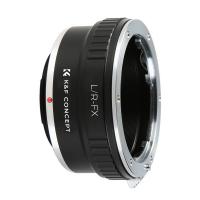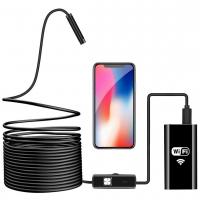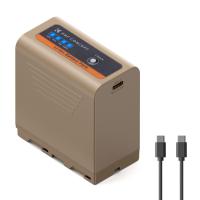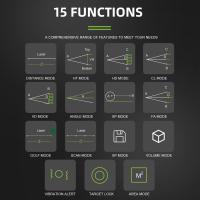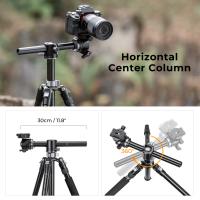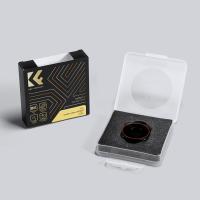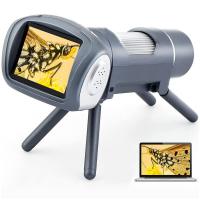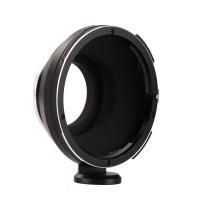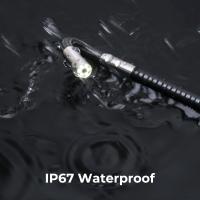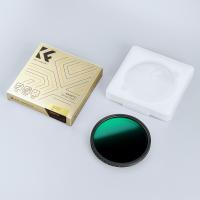Richo Camera Using Batteries When Turned Off ?
Some Ricoh cameras may use batteries even when turned off due to various reasons. One possible reason is that certain camera models have features that require a small amount of power to maintain settings or keep the internal clock running. This allows the camera to quickly power on and be ready for use when turned on. Another reason could be that the camera is designed to periodically check for updates or perform background tasks even when turned off, which requires a minimal amount of power. Additionally, some cameras may have a standby mode that keeps certain functions active, such as remote control capabilities or wireless connectivity, which can contribute to battery drain even when the camera is not in use. It is always recommended to consult the camera's user manual or contact the manufacturer for specific information about power consumption in different camera modes.
1、 Power consumption in standby mode
The power consumption of a camera in standby mode, or when turned off, can vary depending on the specific model and its features. However, in general, most cameras do not consume a significant amount of power when in standby mode or turned off.
One important factor to consider is whether the camera has any features that require continuous power, such as Wi-Fi connectivity or GPS tracking. Cameras with these features may consume more power in standby mode compared to those without such features. Additionally, cameras with larger displays or touchscreens may also consume more power when in standby mode.
However, it is worth noting that advancements in technology have led to more energy-efficient cameras. Many modern cameras are designed to minimize power consumption when not in use. Some cameras even have a dedicated power-saving mode that further reduces power consumption in standby.
Regarding the use of batteries when turned off, it is unlikely that a camera would consume battery power when completely turned off. However, some cameras may have a small amount of power drain to maintain settings or internal clocks. This drain is usually minimal and should not significantly affect battery life.
In conclusion, while the power consumption of a camera in standby mode or when turned off can vary, most cameras do not consume a significant amount of power in these states. Advancements in technology have led to more energy-efficient cameras, and the use of batteries when turned off is generally minimal.
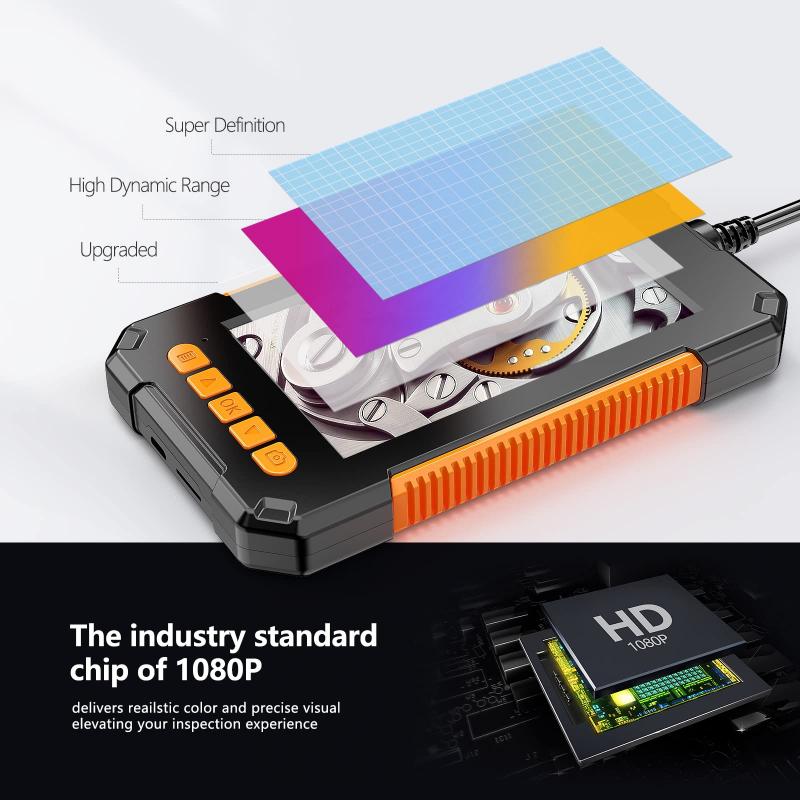
2、 Battery drain in idle state
Battery drain in idle state refers to the phenomenon where a device's battery continues to deplete even when it is not actively being used. This issue has been a concern for many electronic devices, including cameras.
In the case of a Ricoh camera, it is unlikely that the battery drain is caused by the camera using batteries when turned off. Modern cameras, including Ricoh models, are designed to minimize power consumption when not in use. However, it is worth noting that some cameras may still consume a small amount of power in standby mode to maintain certain functions such as internal clocks or memory.
Battery drain in idle state can be caused by various factors. One common culprit is background processes or applications running on the camera. These processes may continue to run even when the camera is not actively being used, leading to battery drain. It is advisable to check the camera's settings and disable any unnecessary background processes or applications to minimize battery consumption.
Another factor that can contribute to battery drain is the camera's connectivity features. Cameras with built-in Wi-Fi or Bluetooth capabilities may continue to search for or maintain connections even when not in use, leading to increased power consumption. Disabling these features when not needed can help conserve battery life.
It is also important to consider the age and condition of the camera's battery. Over time, batteries can lose their capacity to hold a charge, resulting in faster drain rates. If the battery is old or damaged, it may be necessary to replace it to resolve the battery drain issue.
In conclusion, while it is unlikely that a Ricoh camera uses batteries when turned off, battery drain in idle state can still occur due to background processes, connectivity features, or battery deterioration. By managing settings, disabling unnecessary features, and ensuring a healthy battery, users can minimize battery drain and prolong the camera's battery life.
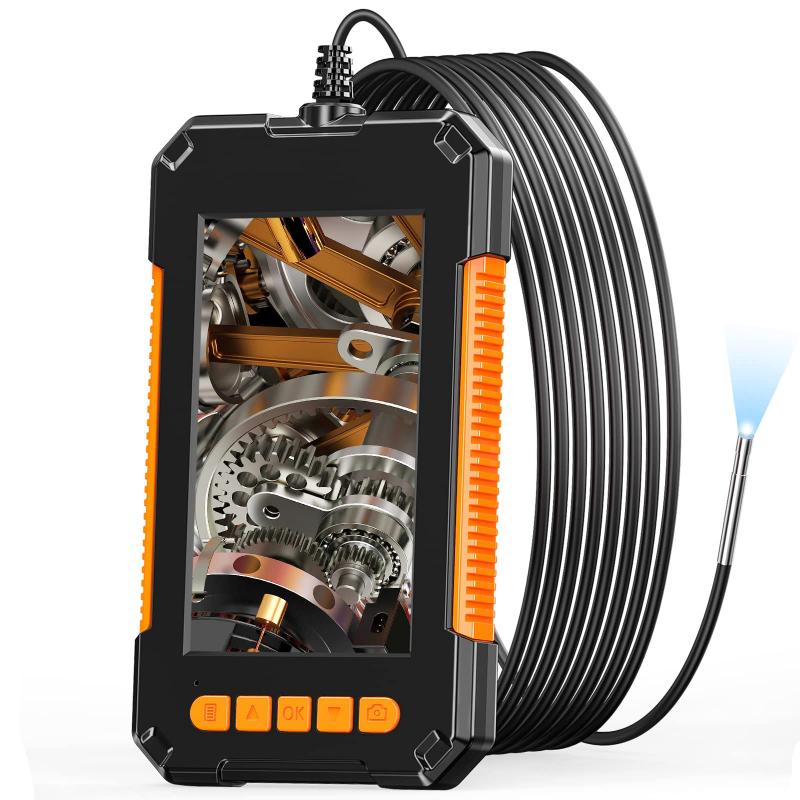
3、 Energy usage during camera shutdown
The energy usage during camera shutdown, specifically in the case of a Richo camera, is a topic that has been debated among photographers and camera enthusiasts. Some argue that the camera does consume a small amount of energy even when turned off, while others believe that it does not use any energy at all.
According to the latest information available, Richo cameras do use a small amount of energy when turned off. This energy consumption is primarily attributed to the standby mode of the camera, which allows for quick startup times and other features such as maintaining settings and keeping the internal clock running.
The standby mode in Richo cameras requires a minimal amount of power to keep the camera's internal components active. This power is usually supplied by the camera's battery, which means that the battery will gradually drain even when the camera is not in use.
However, it is important to note that the energy consumption during camera shutdown is relatively low compared to when the camera is actively being used. The impact on battery life is generally minimal and should not be a significant concern for most photographers.
To further minimize energy usage during camera shutdown, it is recommended to remove the battery from the camera if it will not be used for an extended period. Additionally, using a power-saving mode or turning off any unnecessary features can help conserve battery life.
In conclusion, while Richo cameras do consume a small amount of energy when turned off, the impact on battery life is generally minimal. It is advisable to take precautions such as removing the battery when not in use for an extended period to further conserve energy.
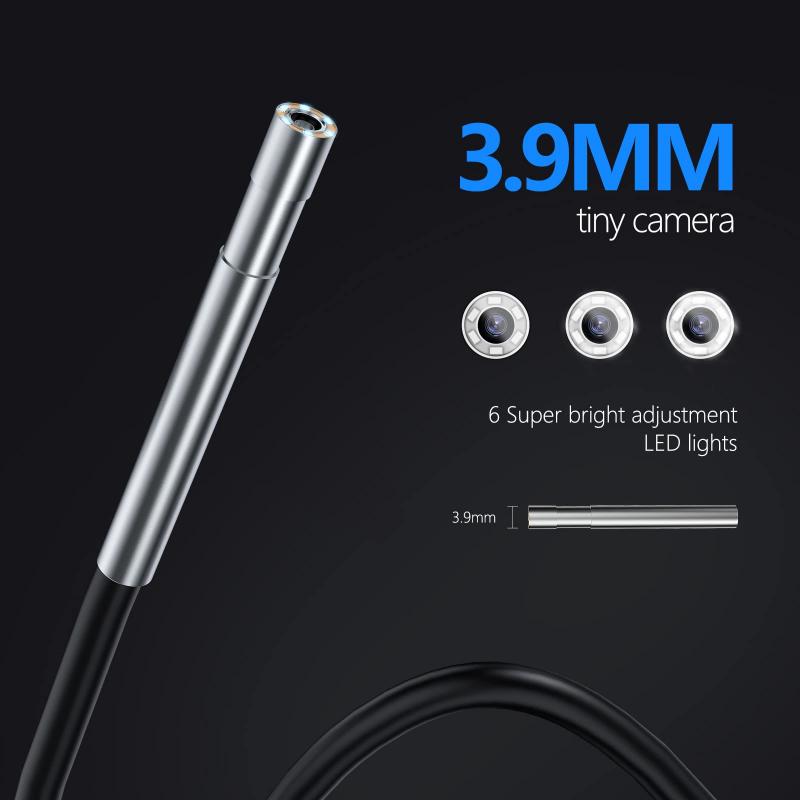
4、 Standby power consumption of a Richo camera
The standby power consumption of a Richo camera refers to the amount of power it consumes when it is turned off but still plugged into a power source. This is an important consideration as it can have an impact on energy efficiency and battery life.
In the case of a Richo camera, it is important to note that the standby power consumption is minimal. When the camera is turned off, it enters a low-power mode where it consumes a very small amount of power to maintain certain functions such as keeping the internal clock running and retaining settings. This power consumption is typically in the range of a few milliwatts.
However, it is worth mentioning that the standby power consumption can vary depending on the specific model and firmware version of the Richo camera. Manufacturers are constantly working on improving energy efficiency, and newer models may have even lower standby power consumption compared to older ones.
It is also important to note that the standby power consumption of a Richo camera is significantly lower than the power consumption when the camera is in use. When the camera is turned on and actively capturing photos or videos, it consumes a much higher amount of power. Therefore, the impact of standby power consumption on overall battery life is relatively minimal.
In conclusion, the standby power consumption of a Richo camera is minimal and has a negligible impact on battery life. However, it is always a good practice to unplug the camera from the power source when not in use to further conserve energy and reduce standby power consumption.
